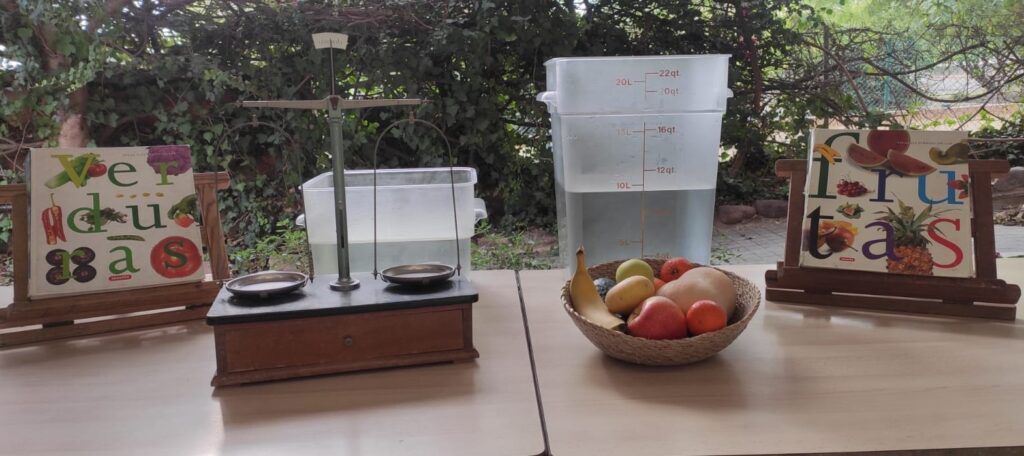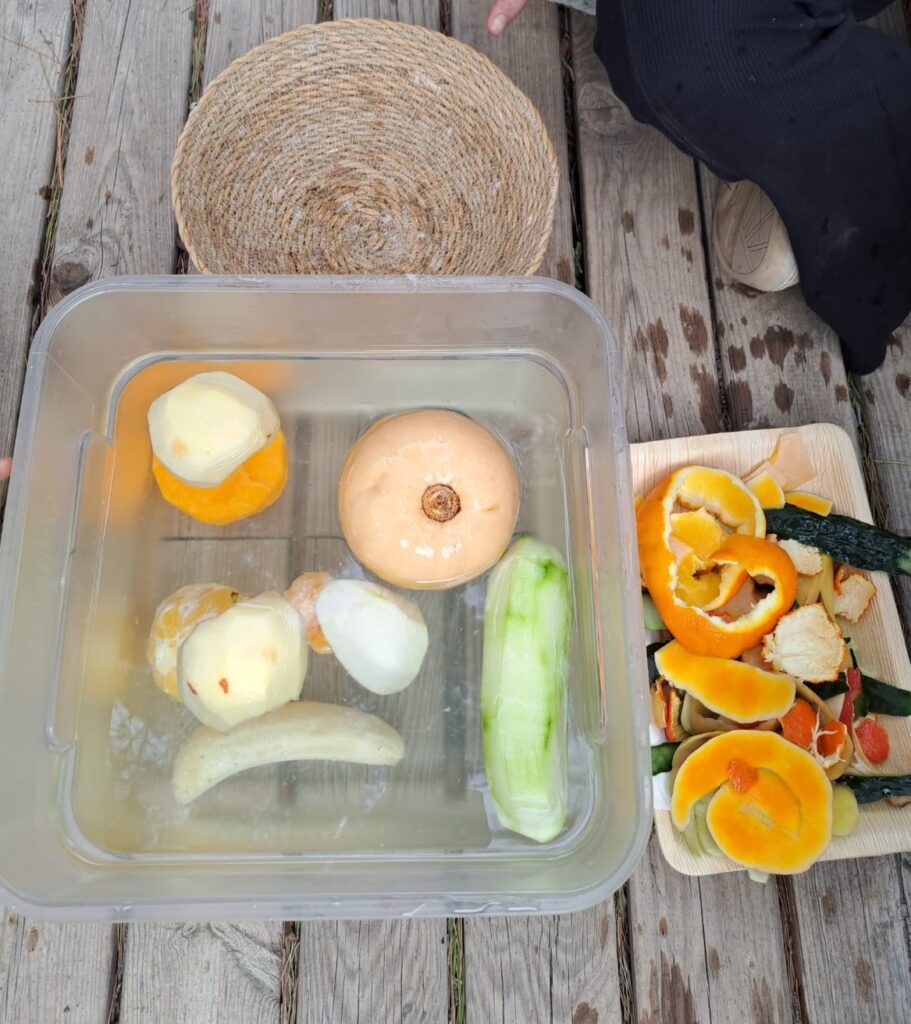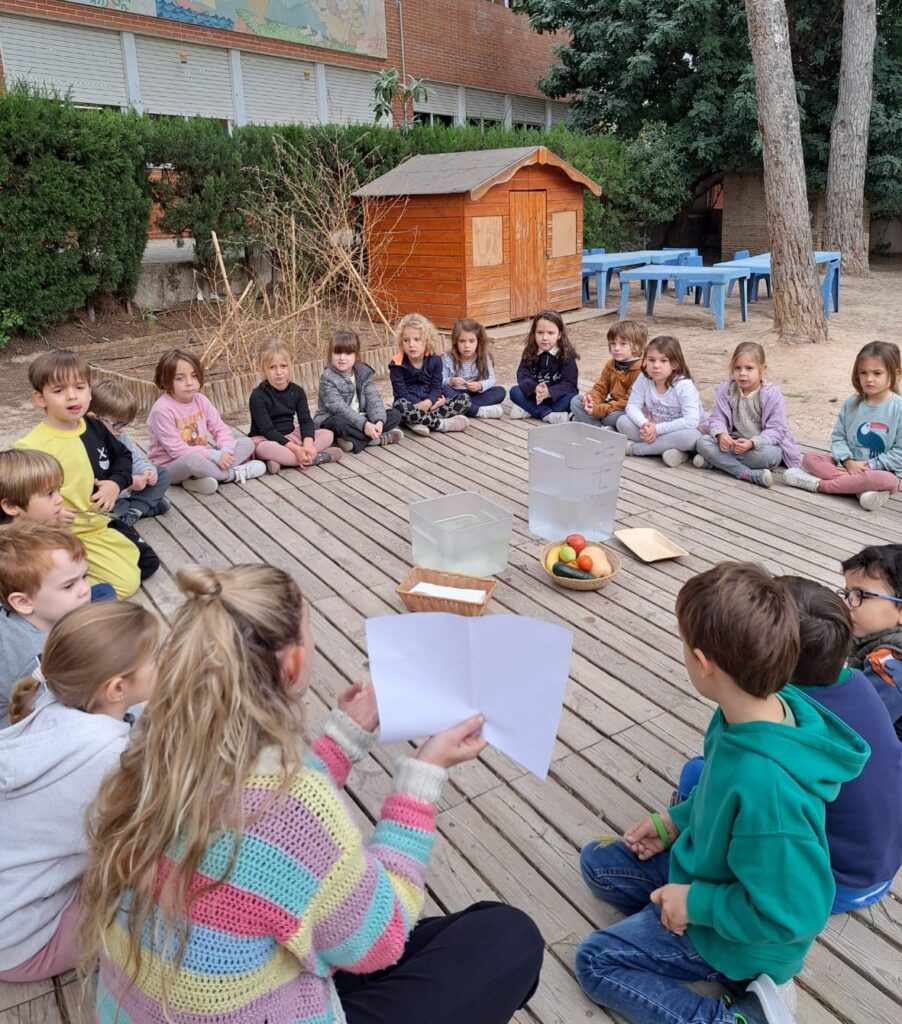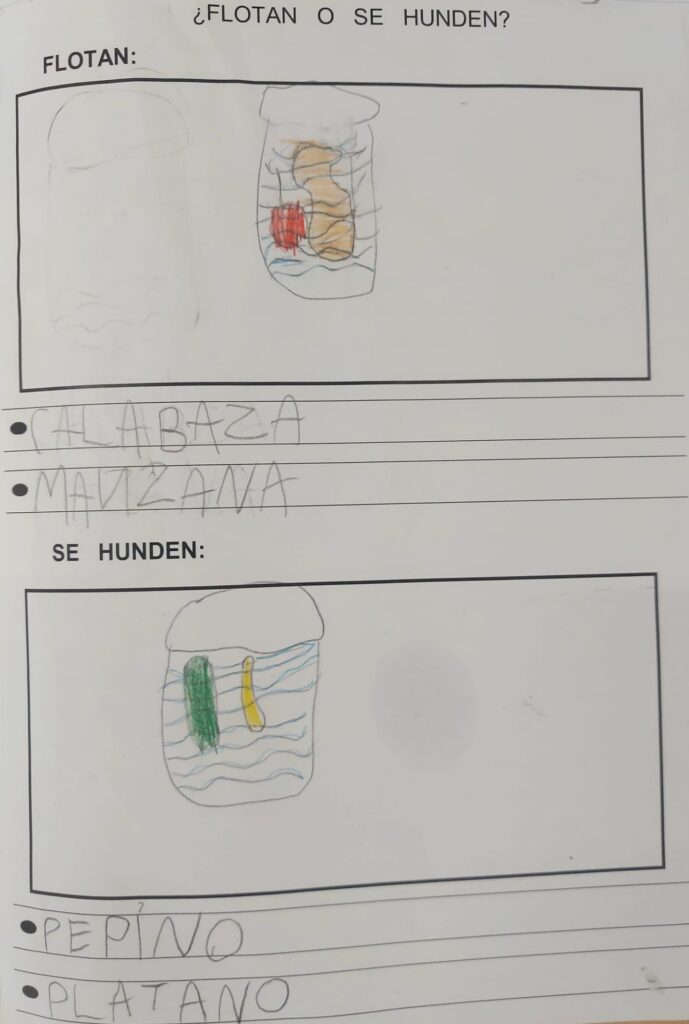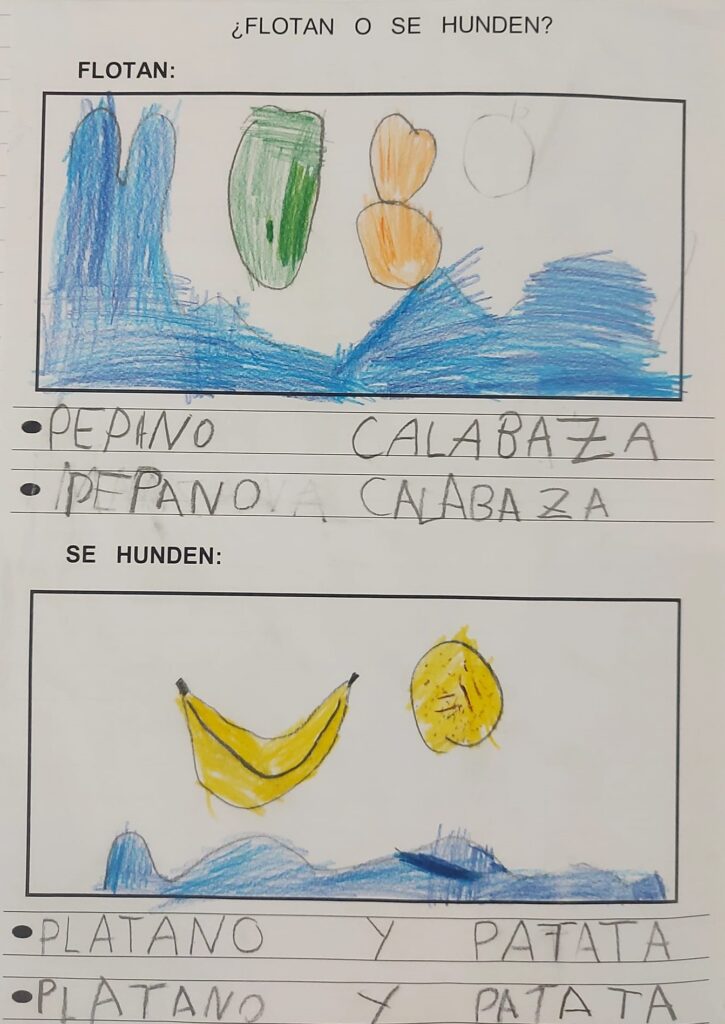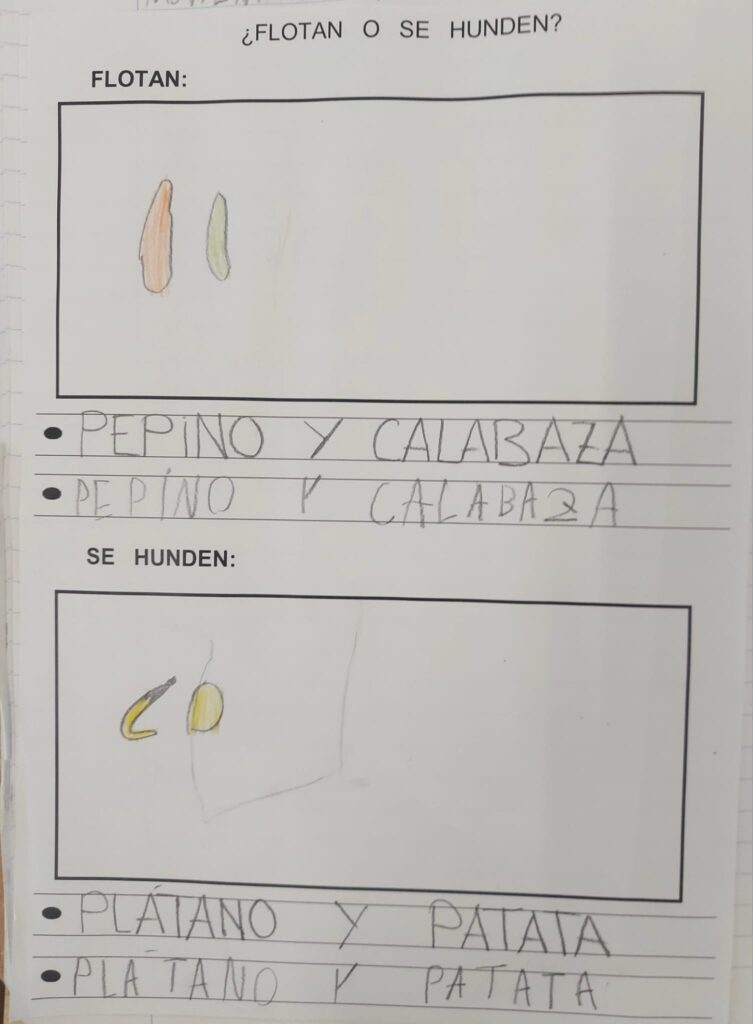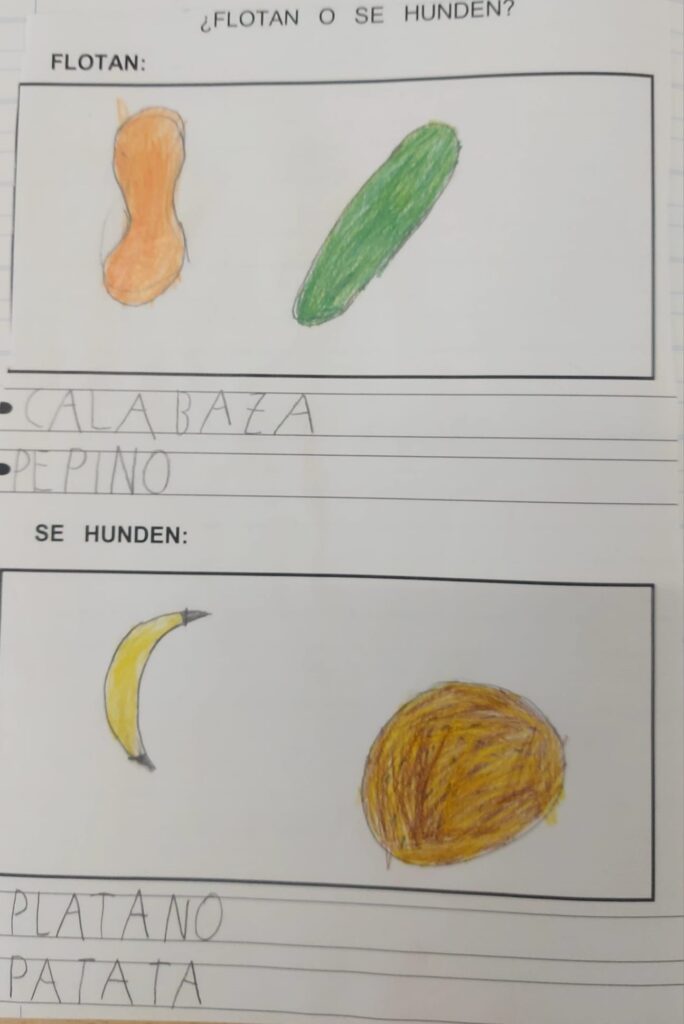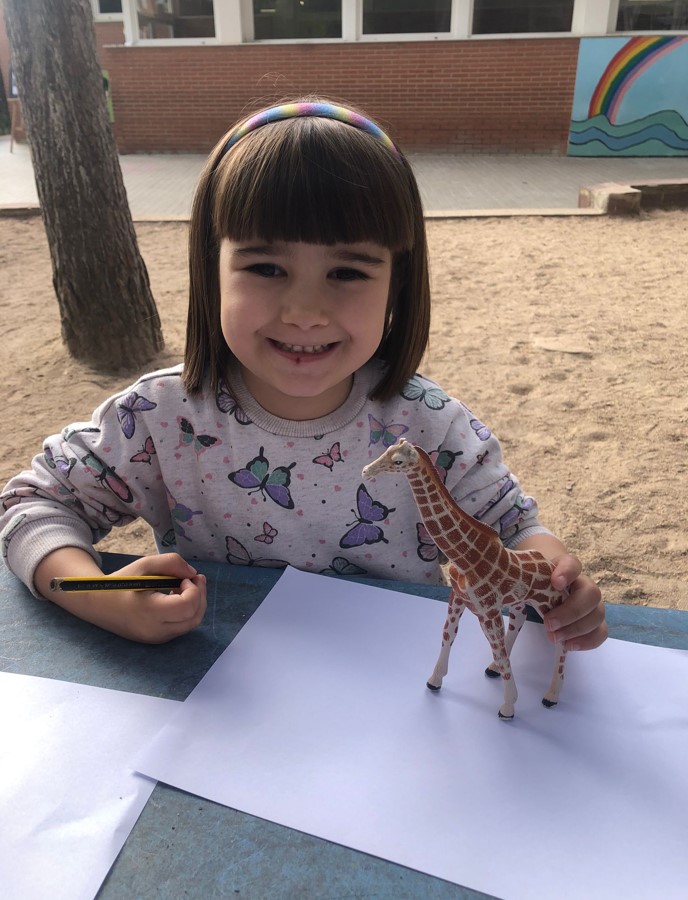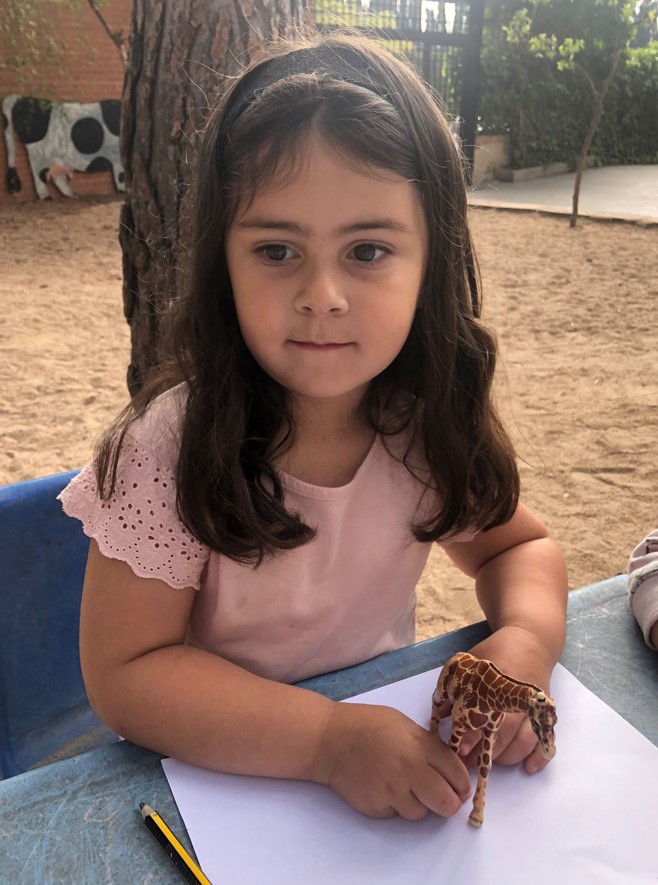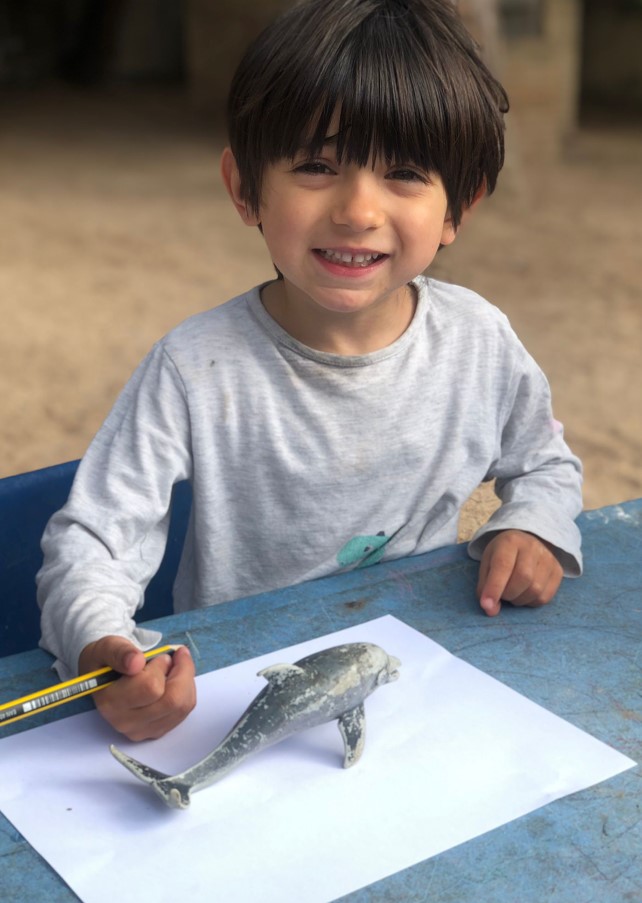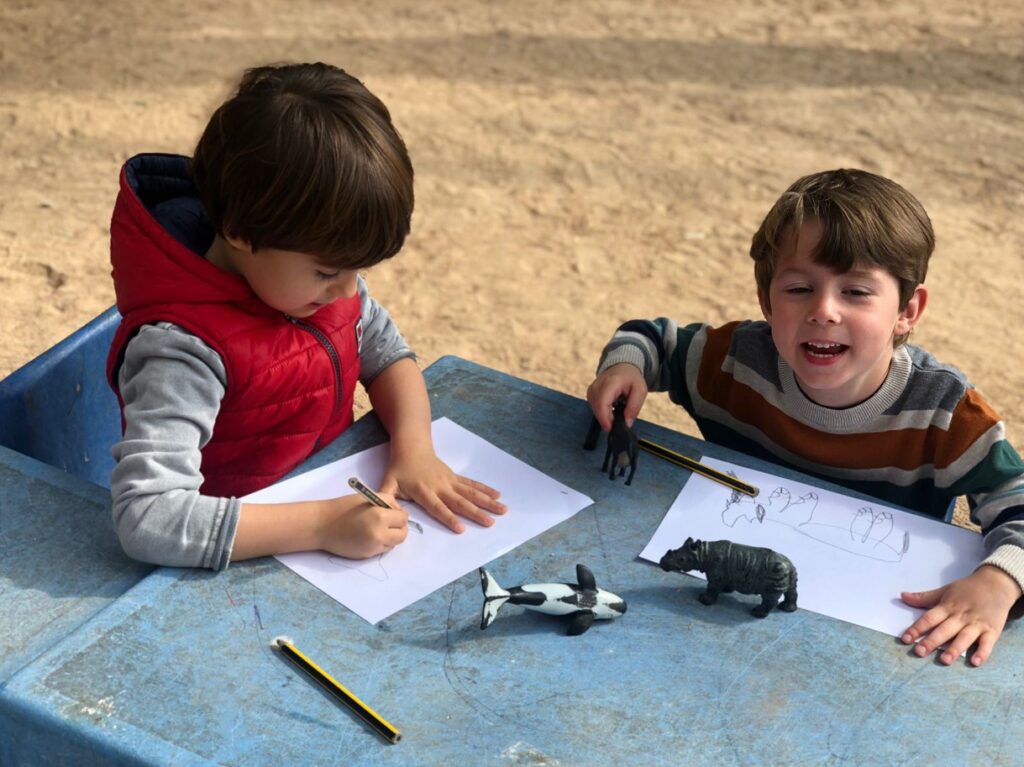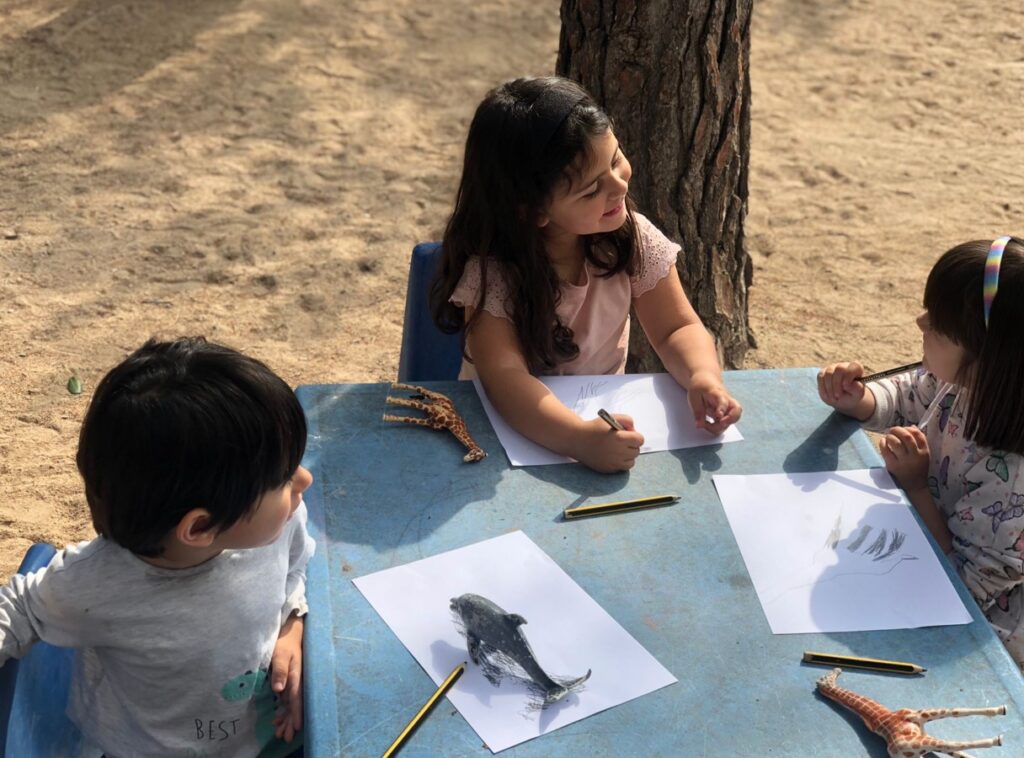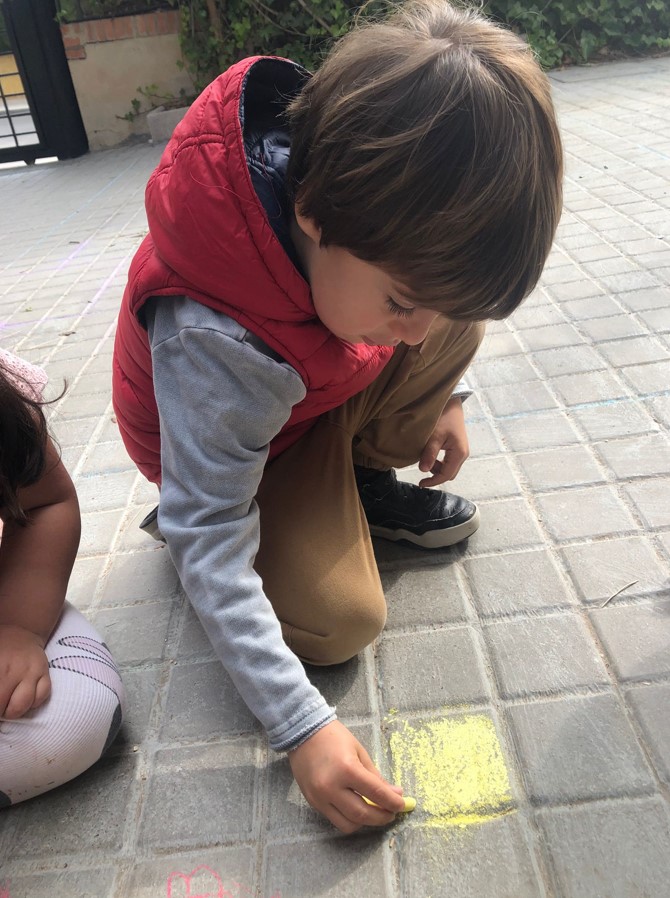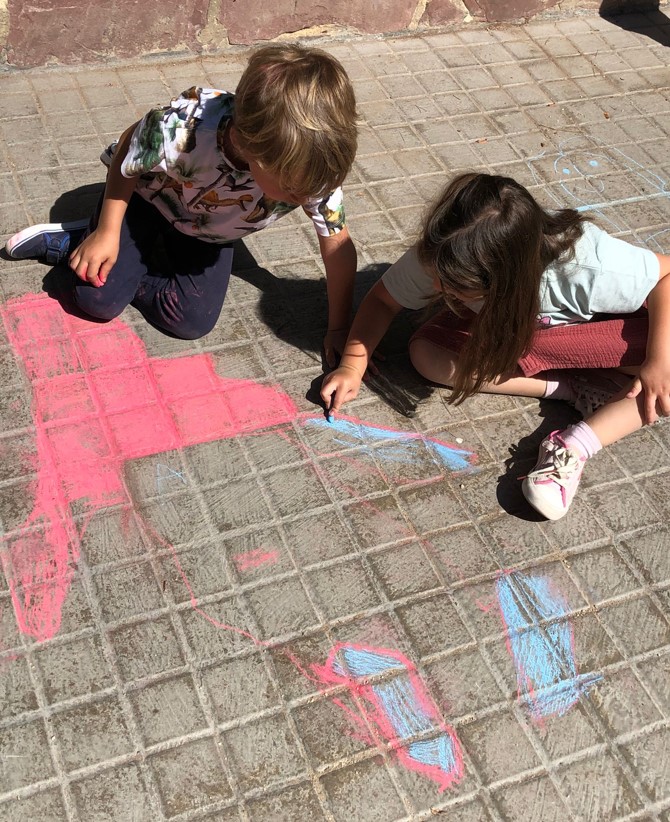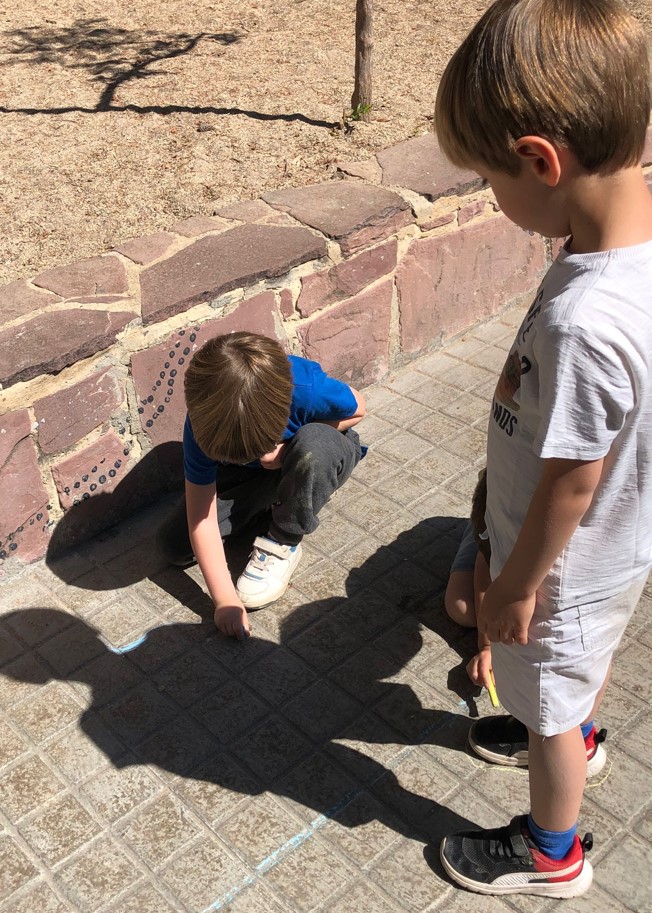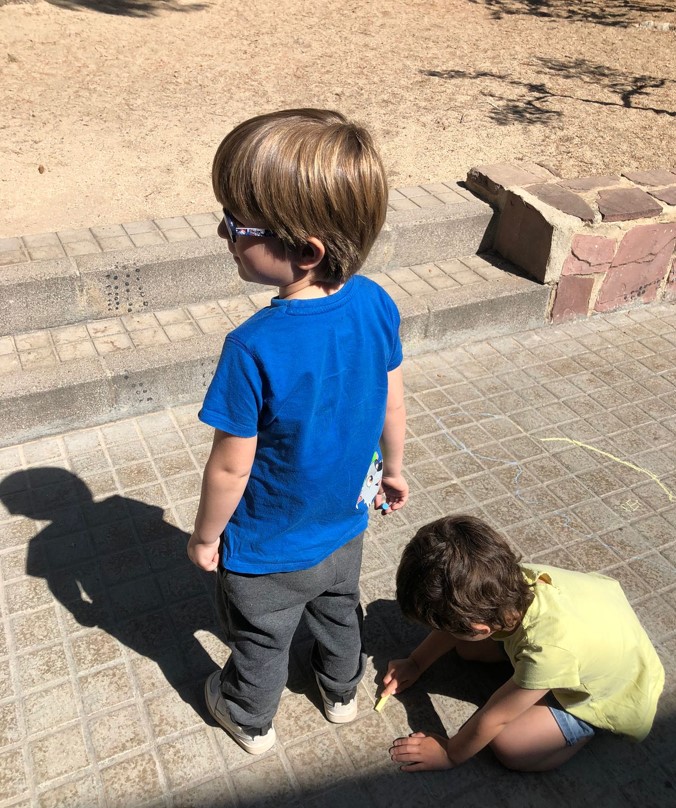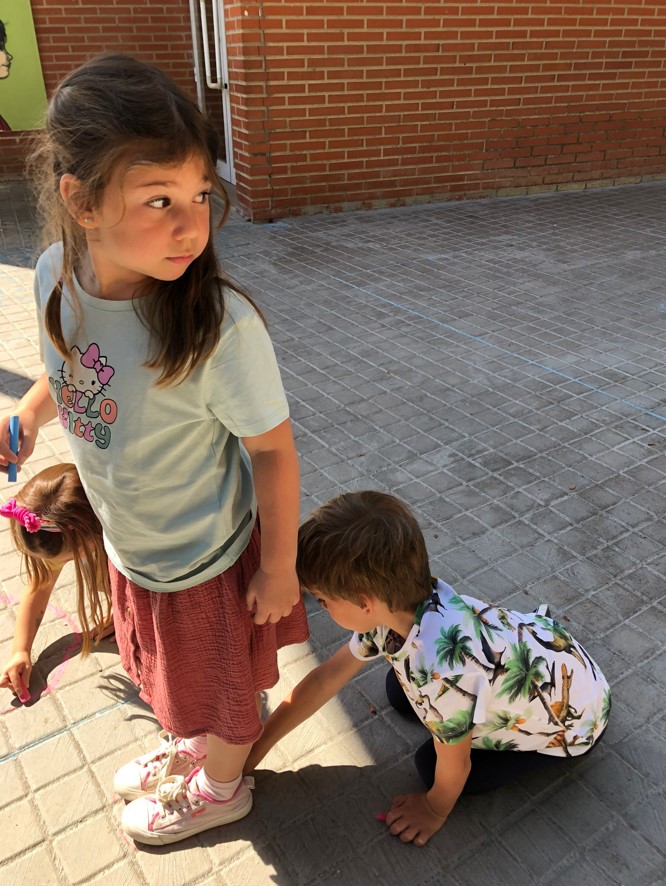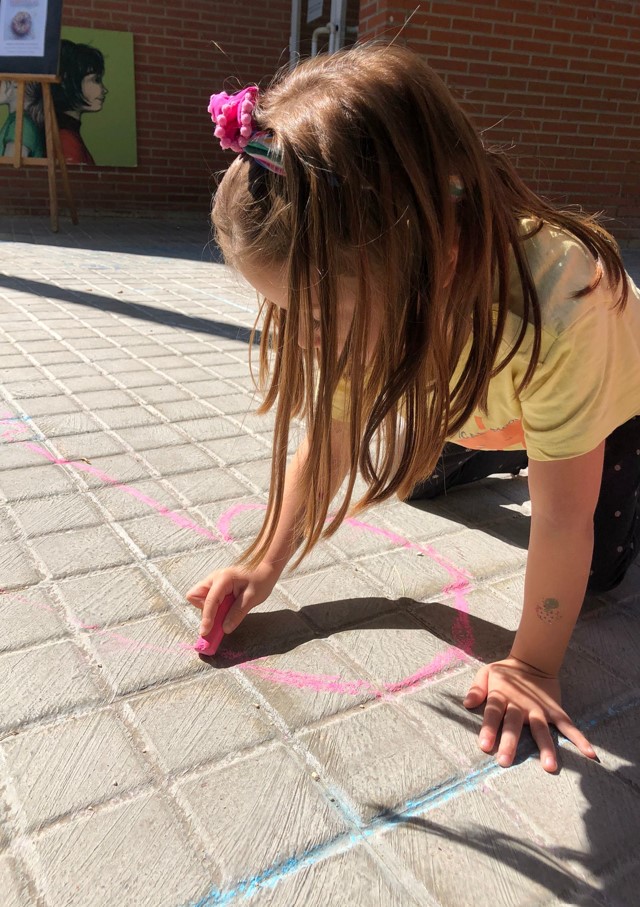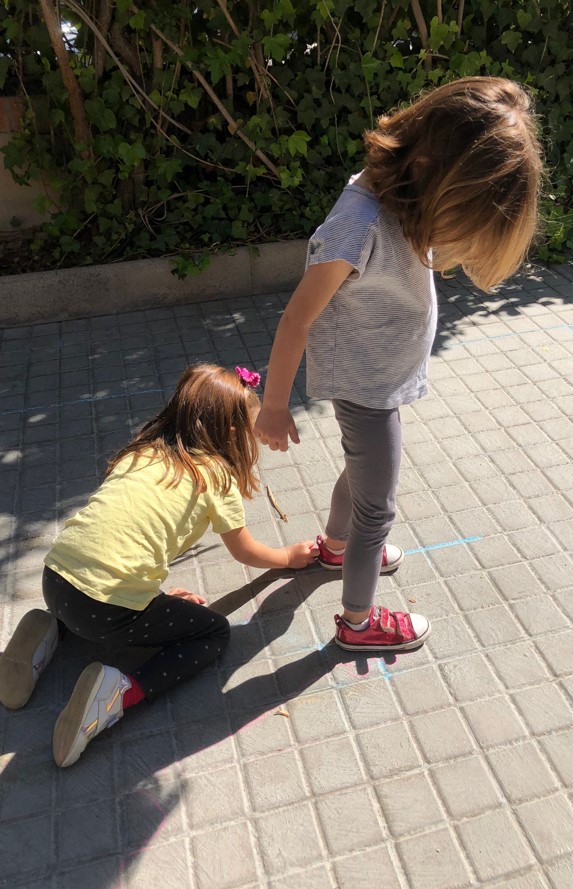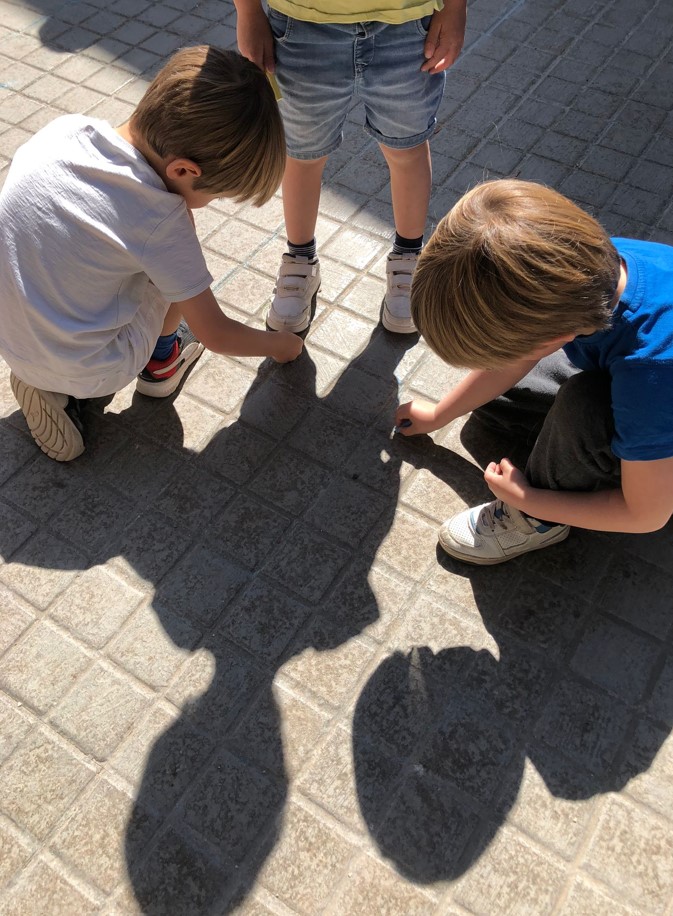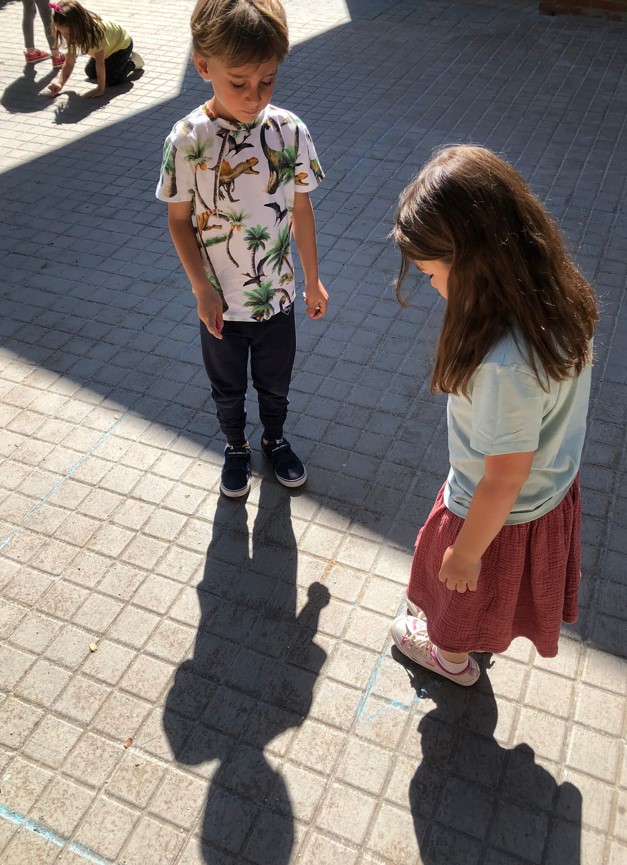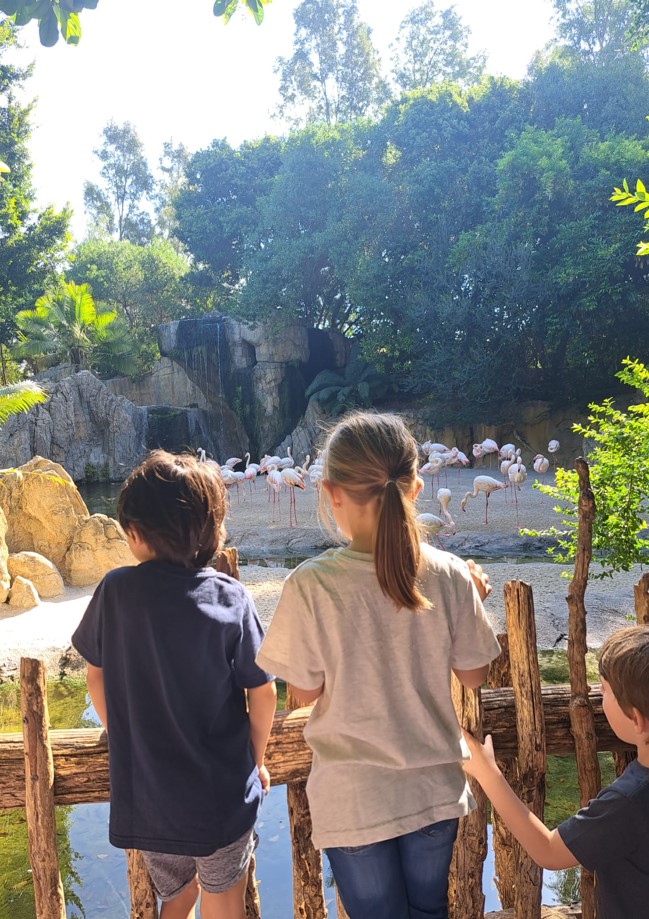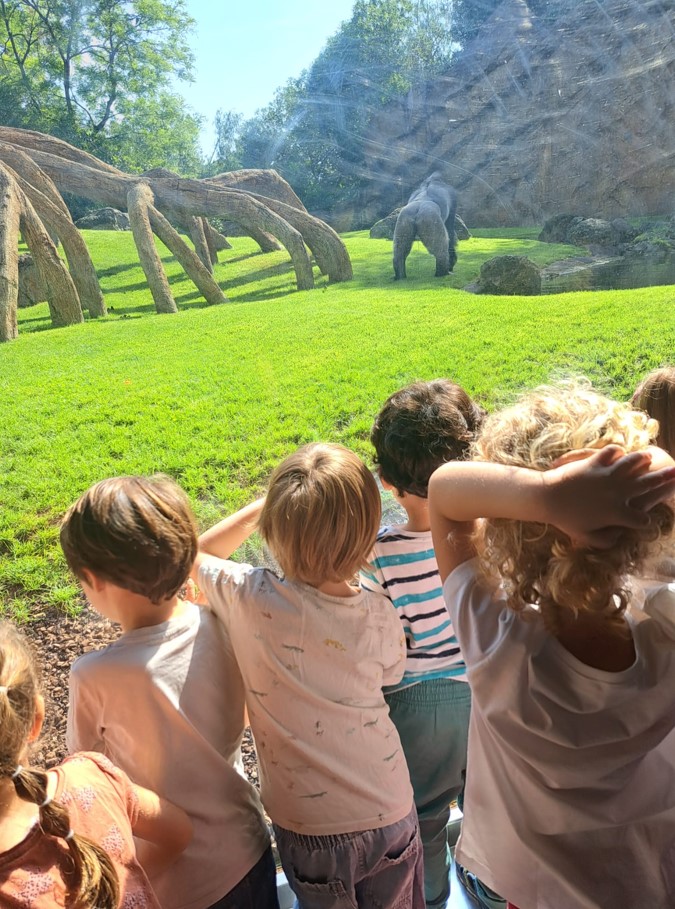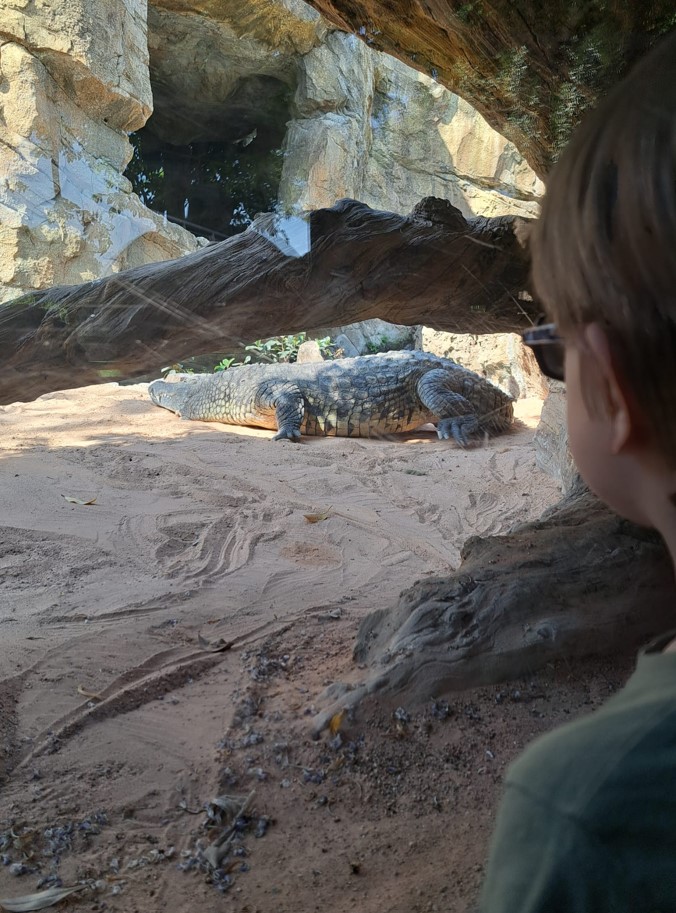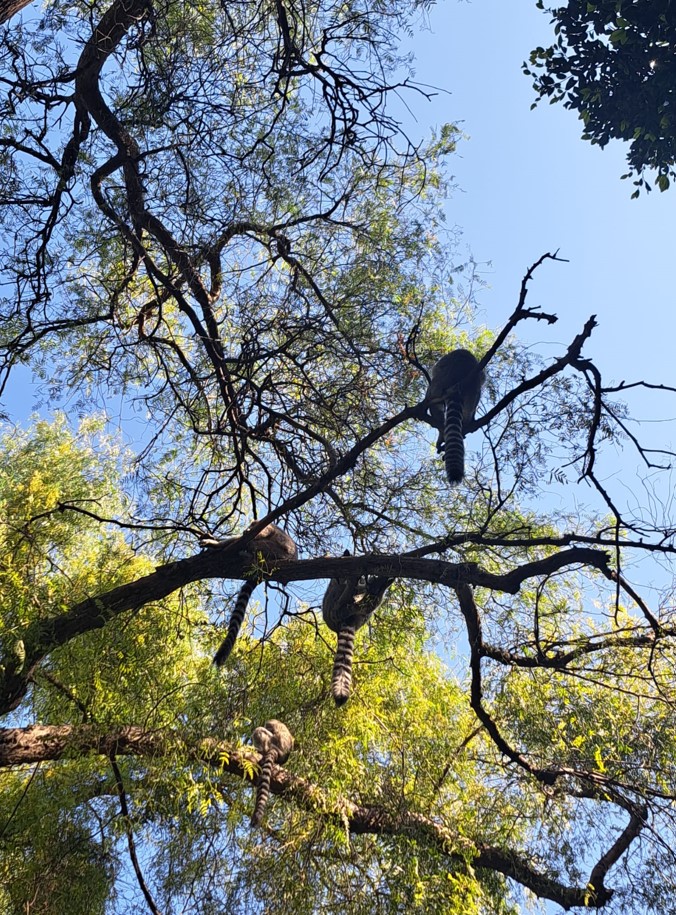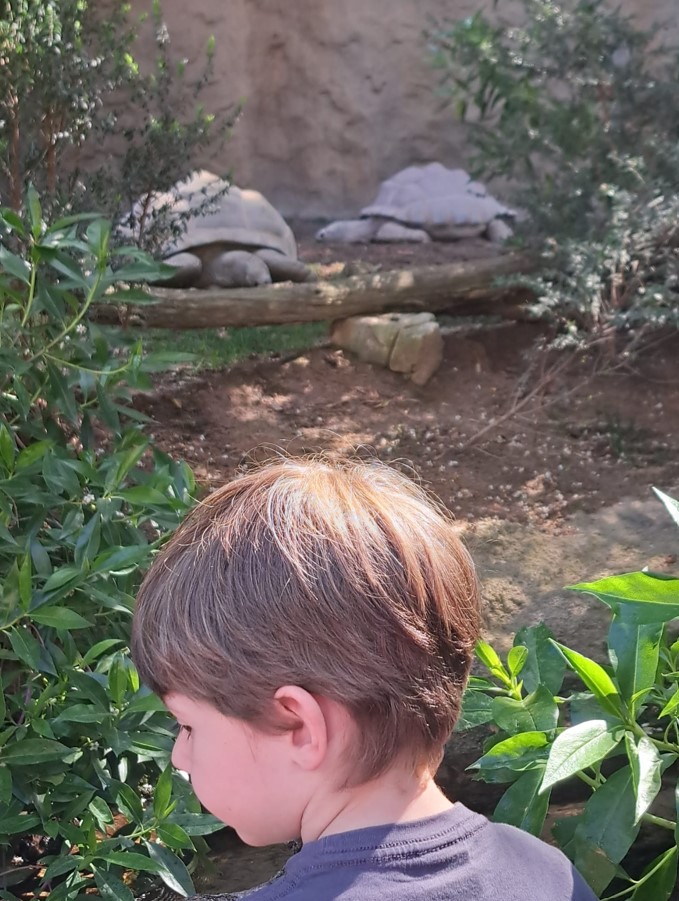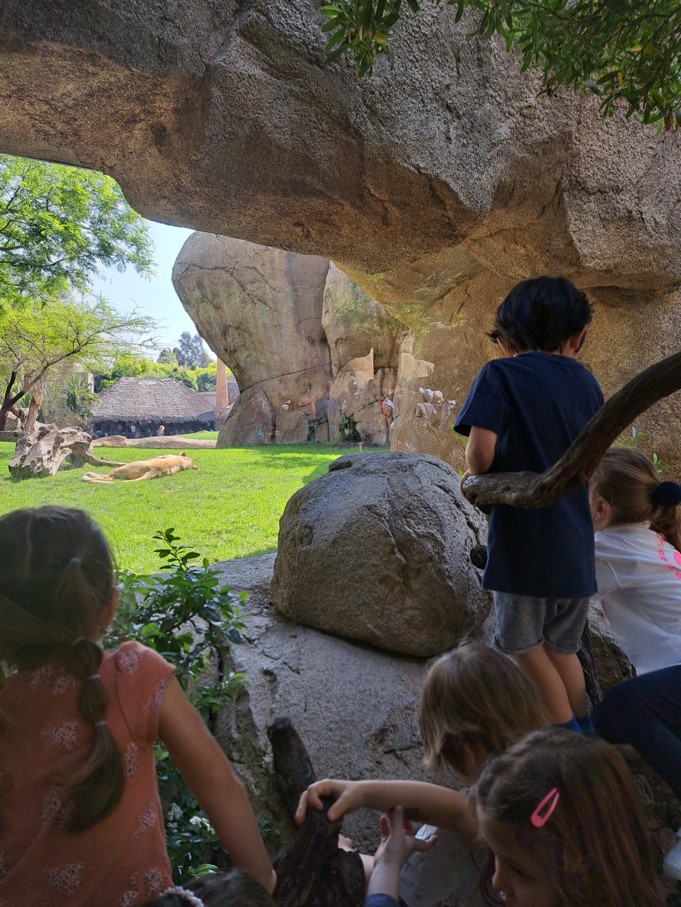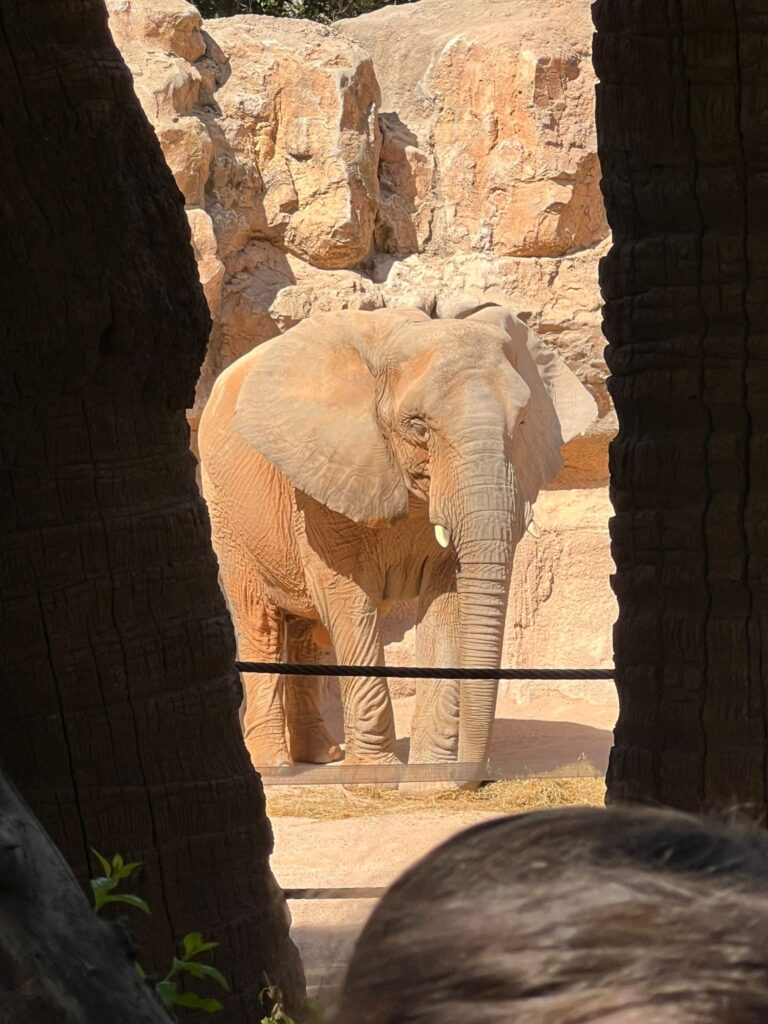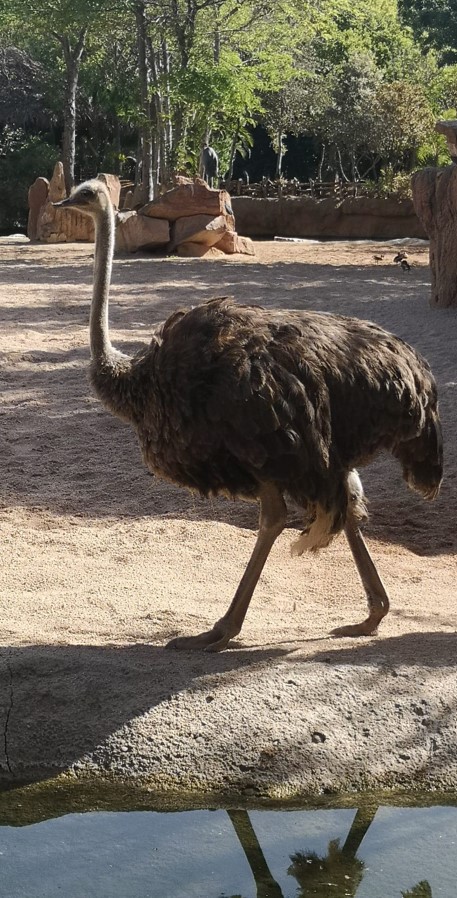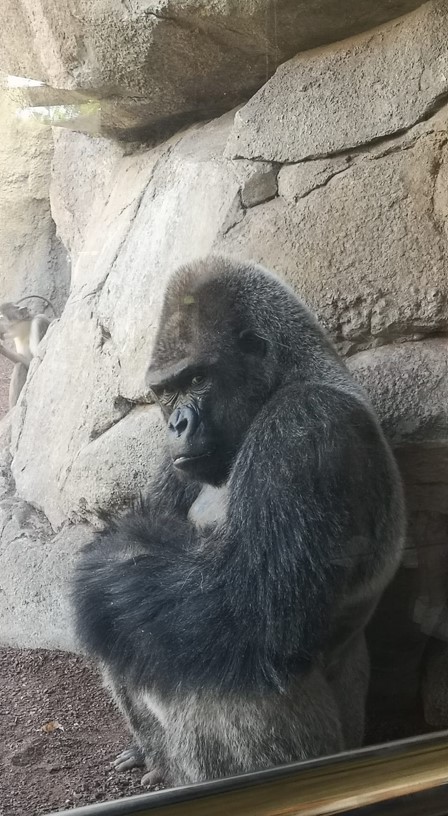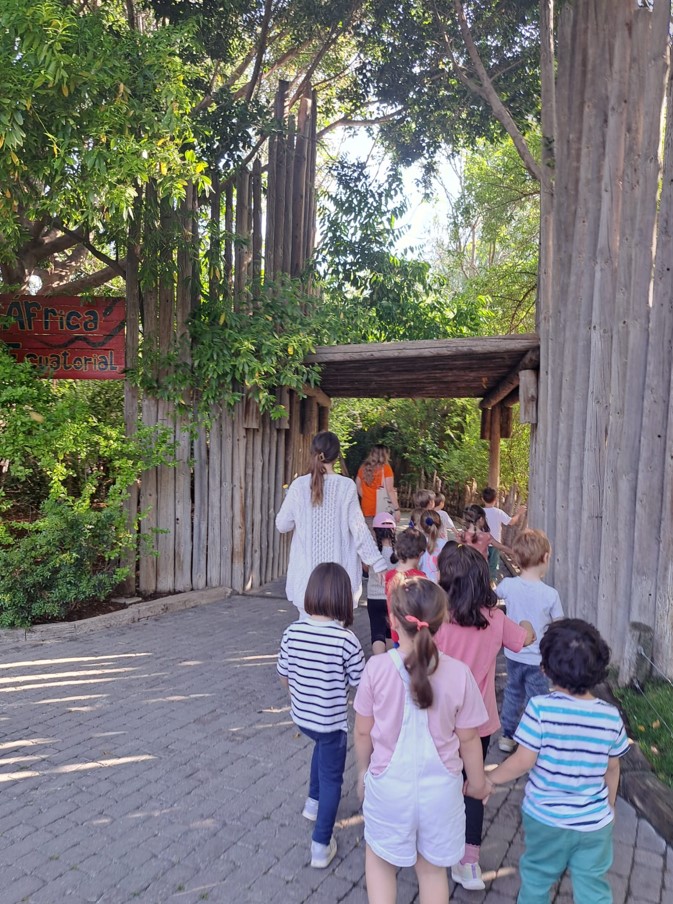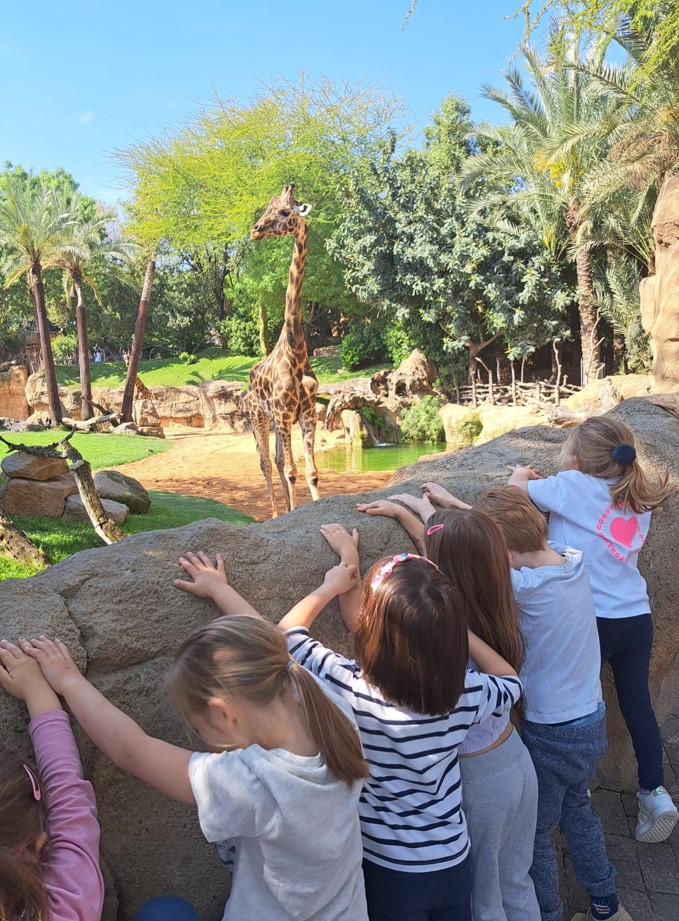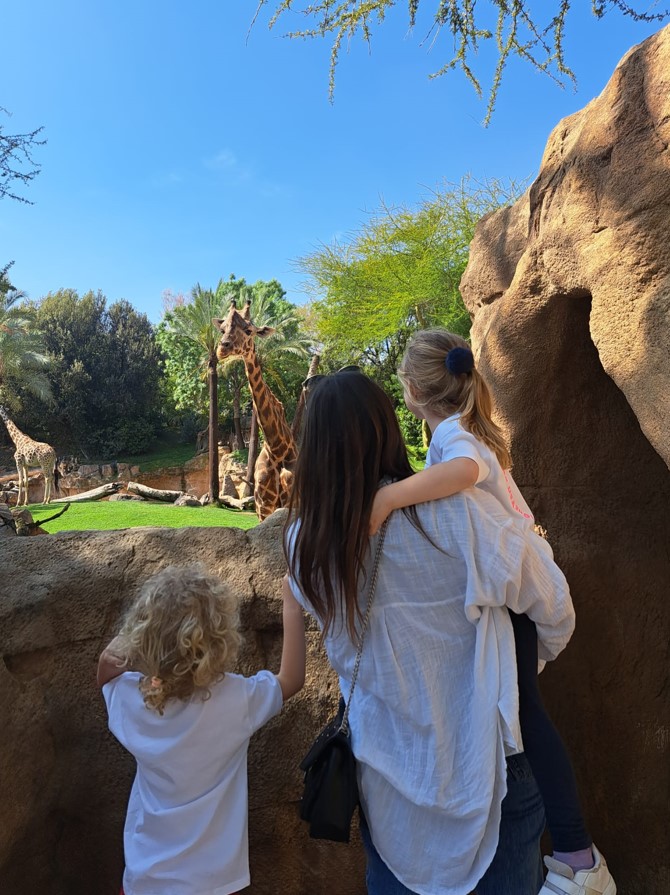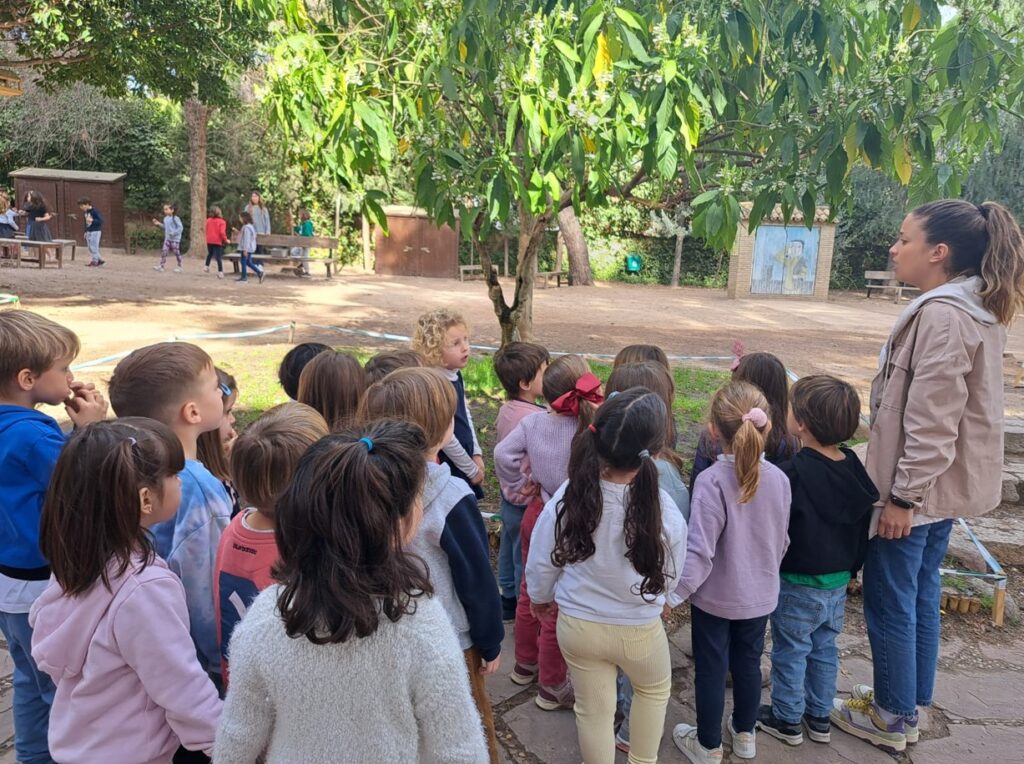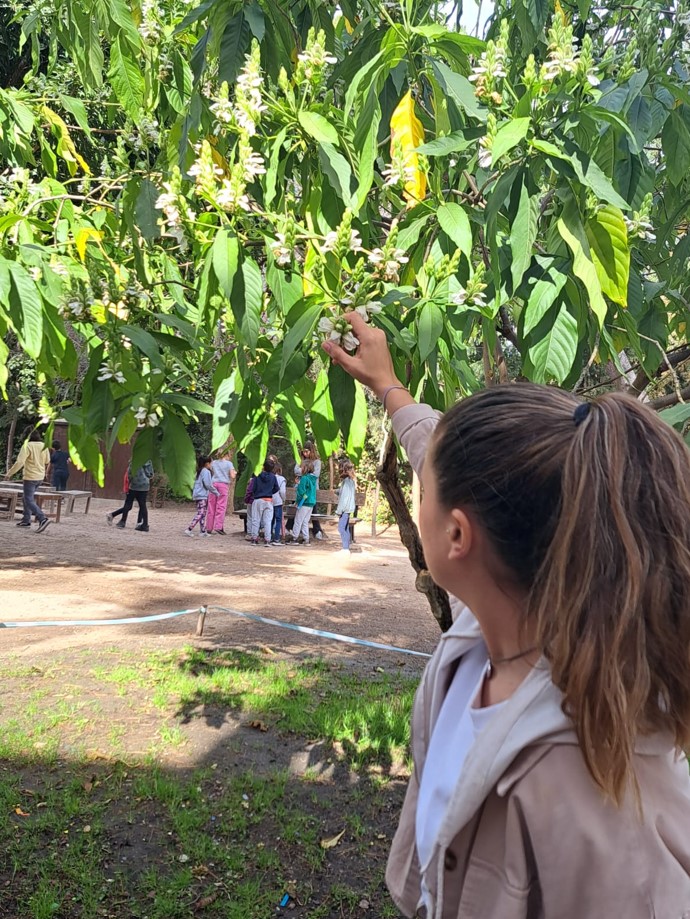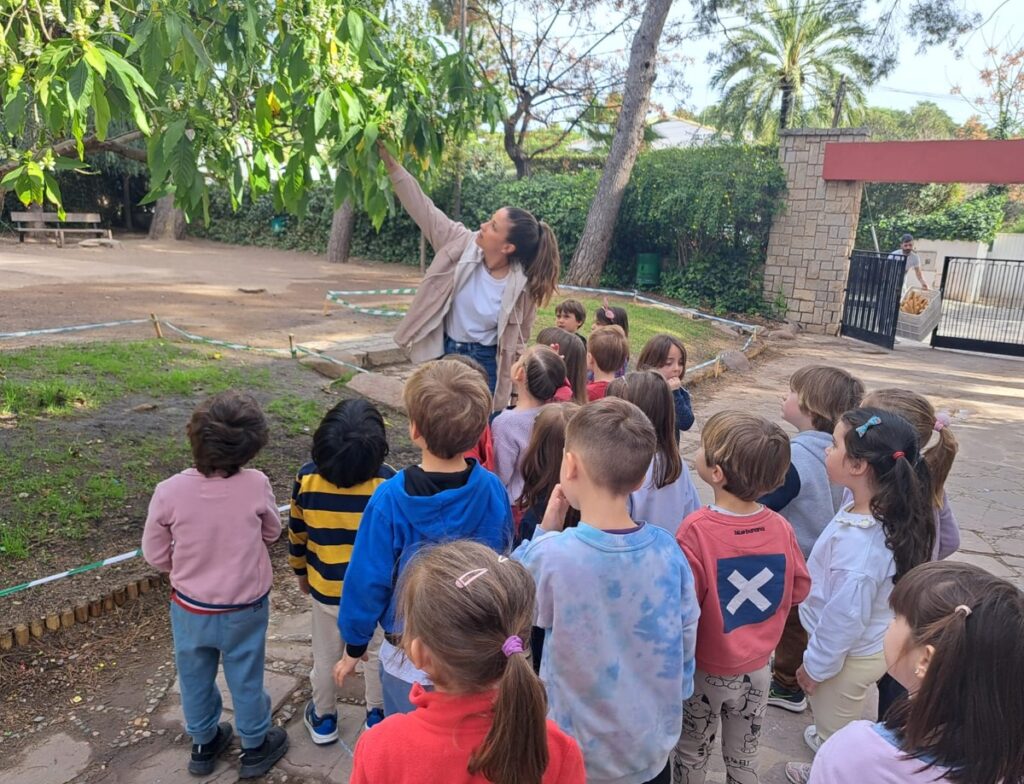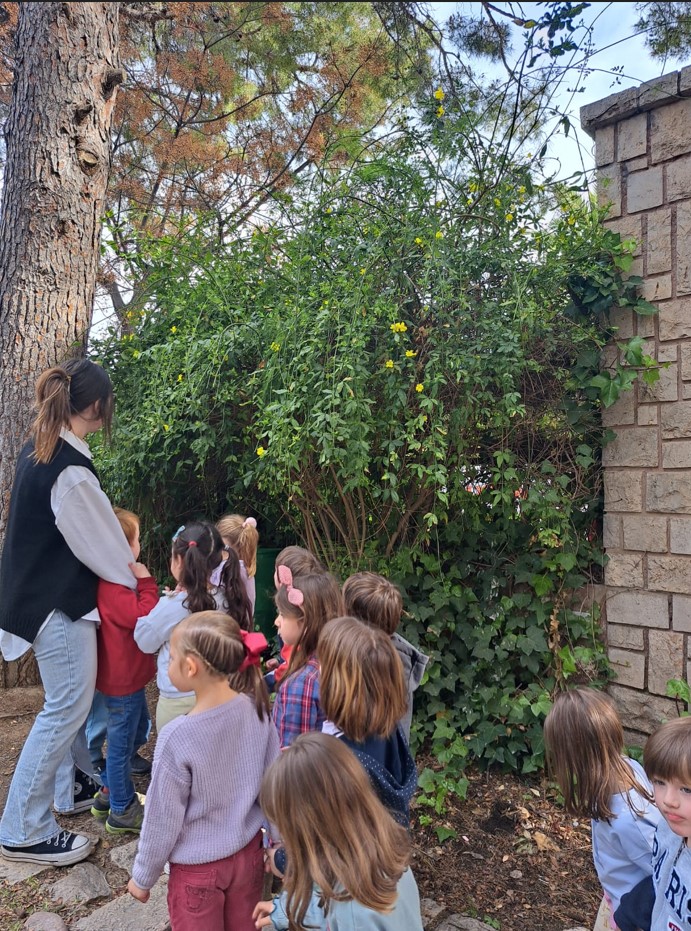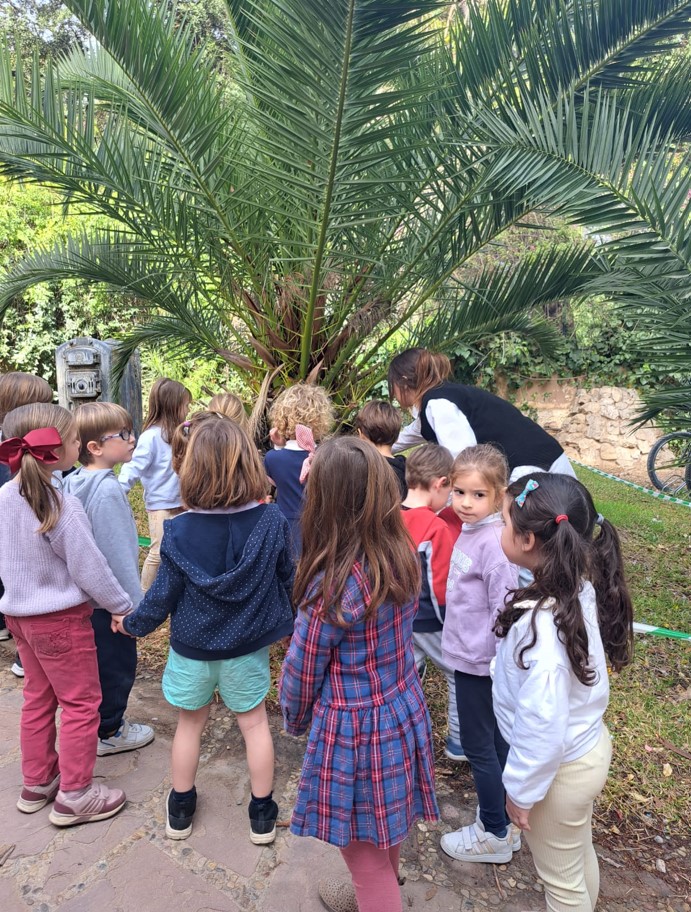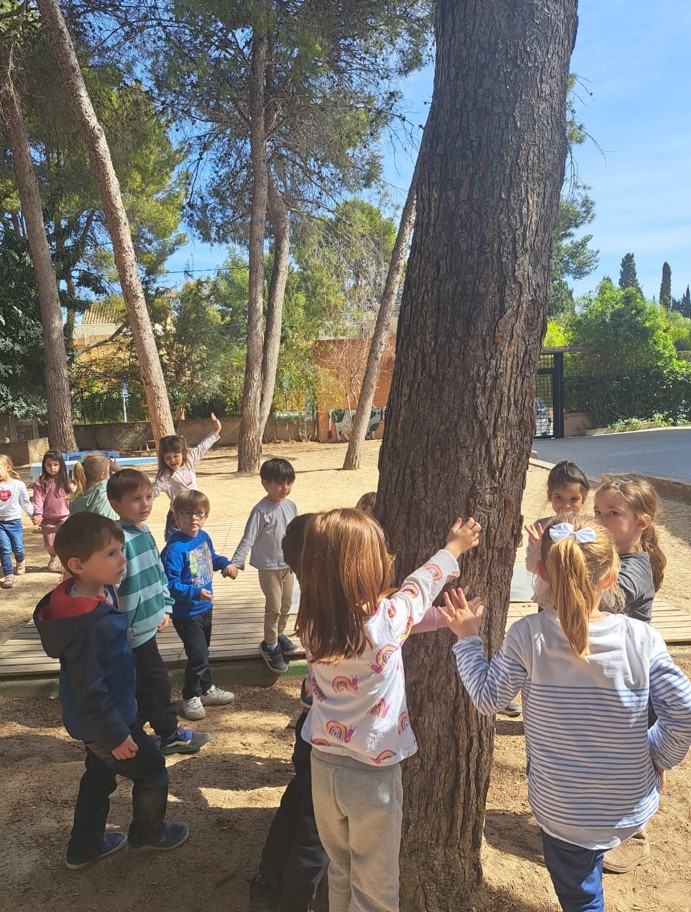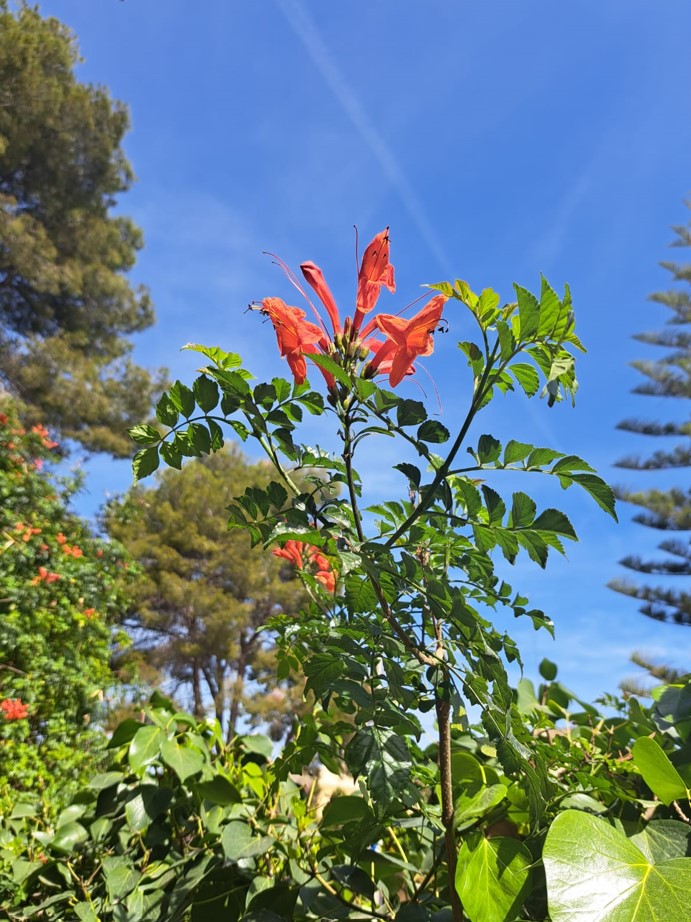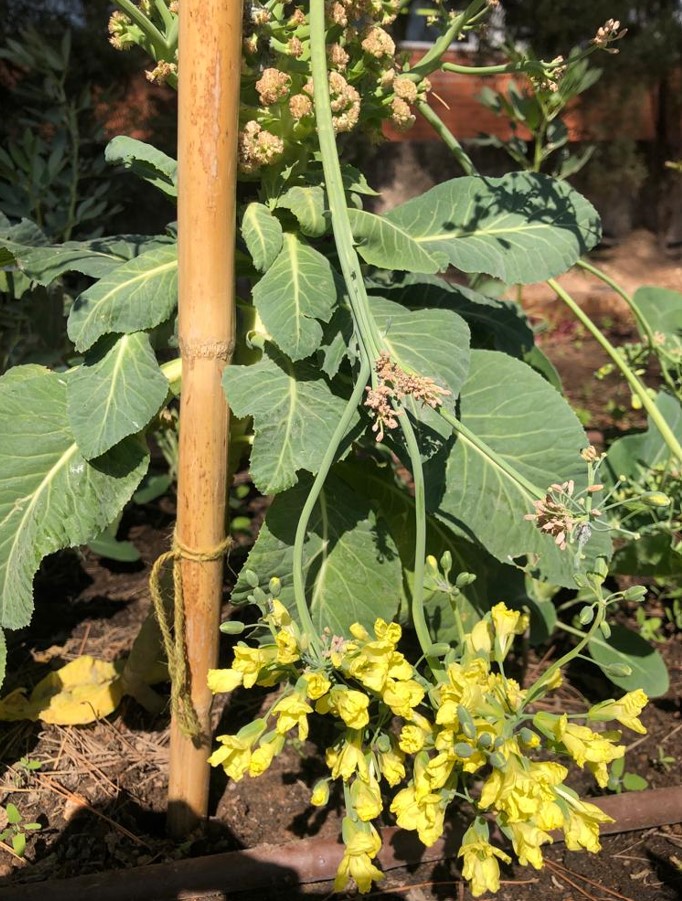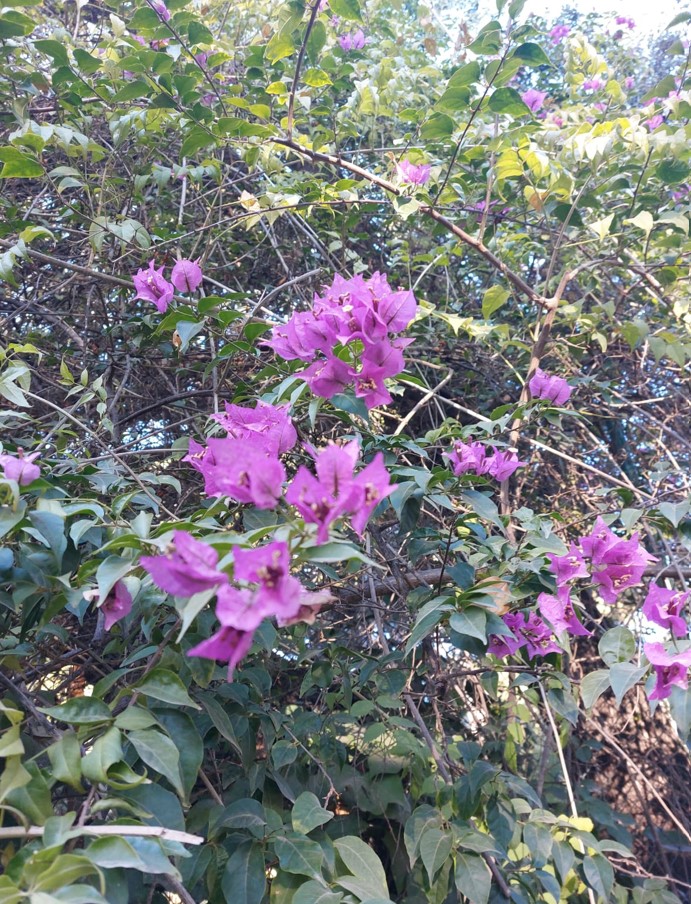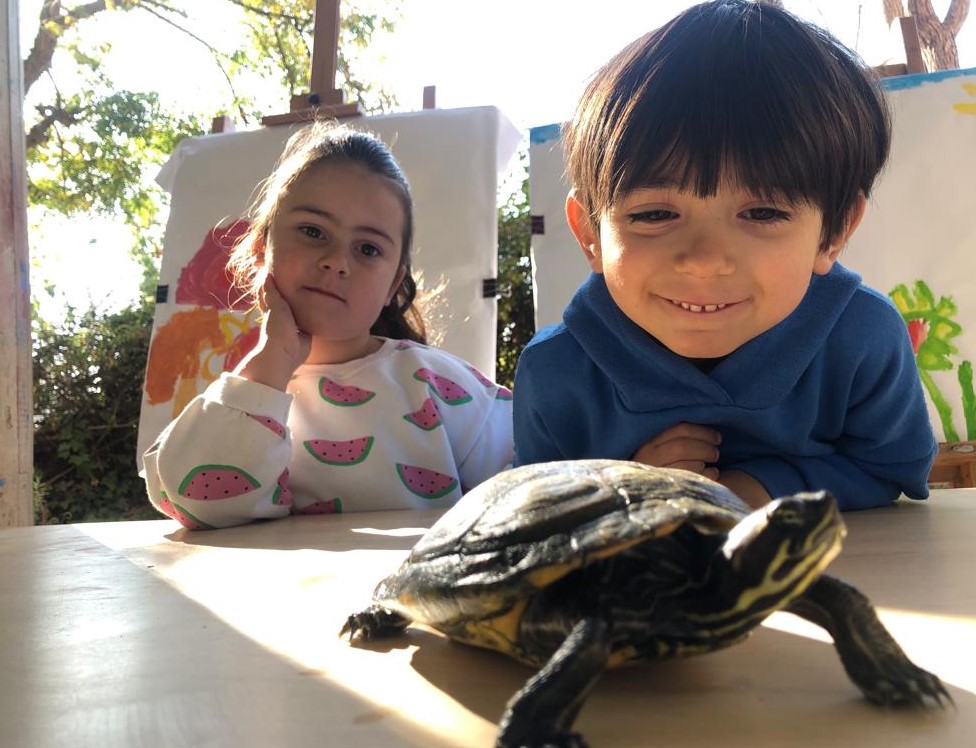Durante estos días, los peces hemos estado pensando que podríamos hacer con el huerto. Nuestros deseos de sembrar y cosechar nuevos alimentos eran muy elevados, pero valorando que ya estamos en la recta final del curso, nos dimos cuenta de que no daría tiempo cosechar ningún alimento, y que algunos de nosotros/as ya no asistiríamos a la escuela en julio.
Por tanto, reflexionando sobre esta cuestión, tomamos la decisión de vaciarlo y limpiarlo. Así que sin más ¡nos pusimos a trabajar!
Salimos todas y todos juntos al jardín, quitamos las espinacas que quedaban y dejamos algunas plantas aromáticas que estaban en buen estado; la lavanda, la salvia y el romero. Quitamos a Rigoberto y Rigoberta y limpiamos todo el terreno para dejarlo preparado y despejado.
Nos causó algo de tristeza quitar a nuestros cuidadores del huerto, pero nos sentimos muy agradecidos/as por la función que habían realizado.
Después de todo este proceso, fuimos a comunicar a la clase de las ranas lo que habíamos hecho, porqué y para qué. Les explicamos que ya el curso que viene no estaríamos en infantil, y que ellos y ellas, serían los encargados de volver a preparar el huerto y sembrar en él nuevos alimentos, de llenarlo de vida, y que esperábamos, que lo cuidaran y mimaran con la misma ilusión que lo habíamos hecho nosotros/as.



A pesar de la despedida, hemos realizado la función con mucha ilusión y nos hemos sentido muy agradecidos/as y felices de todo lo que hemos trabajado y conseguido a lo largo de estos meses…



























¡Hasta siempre Rigoberto y Rigoberta!

Alumnos/as de 5 años.












































































